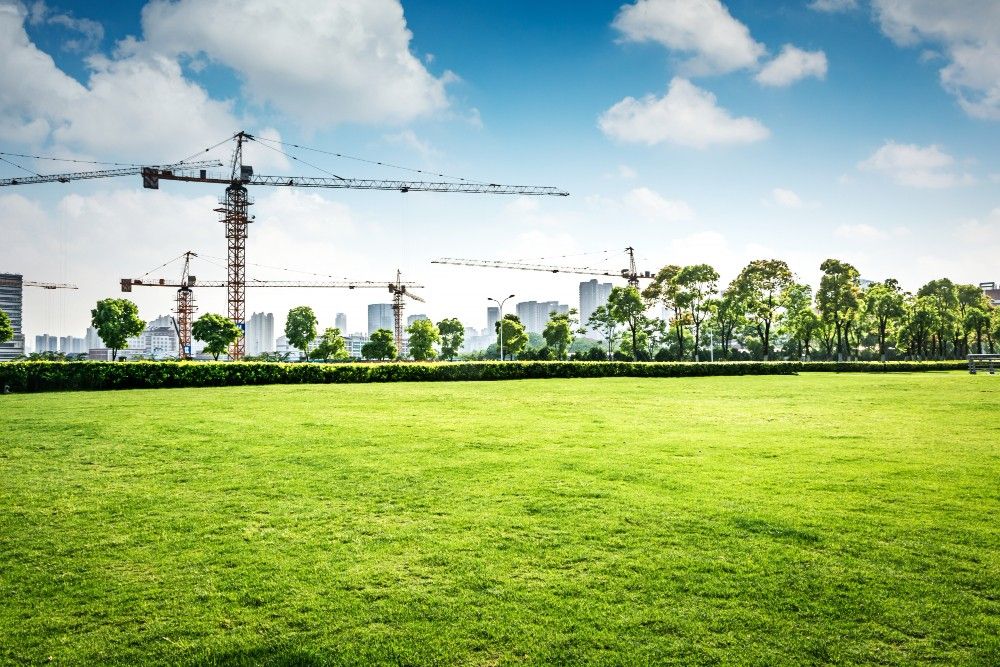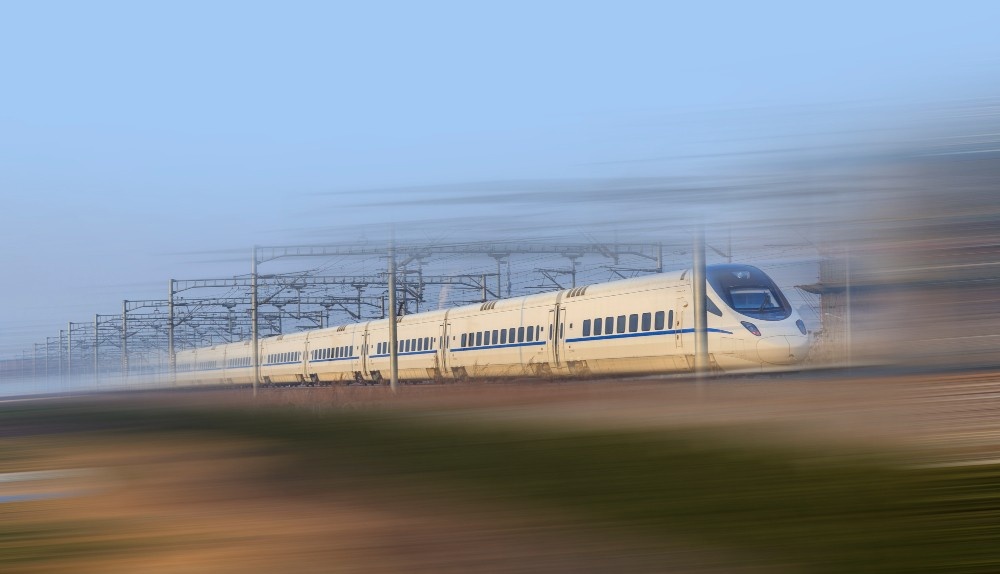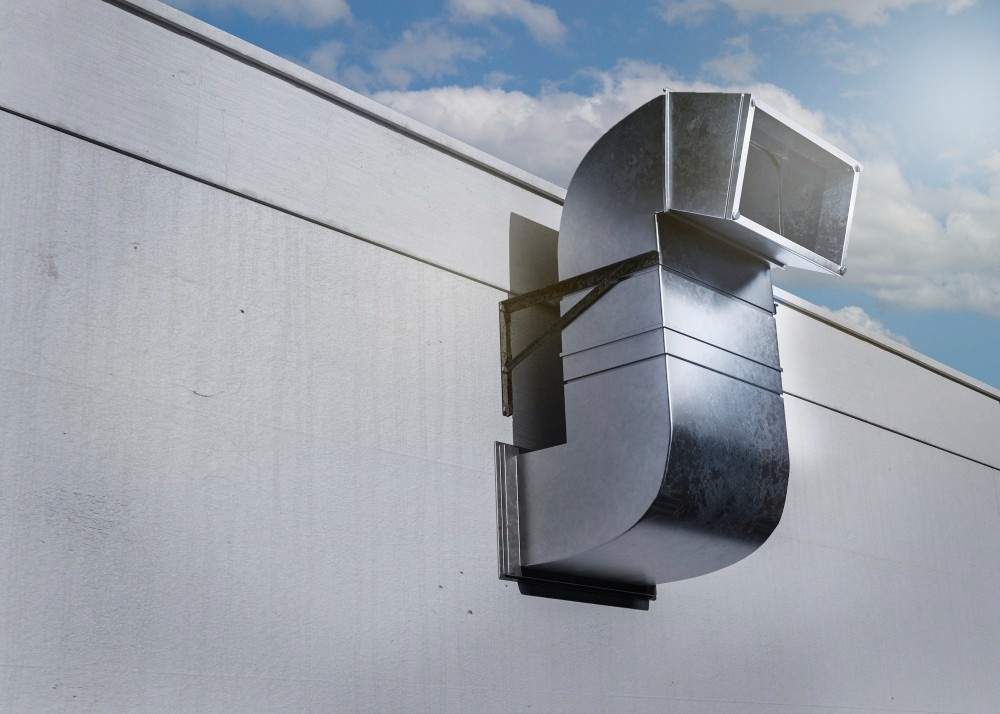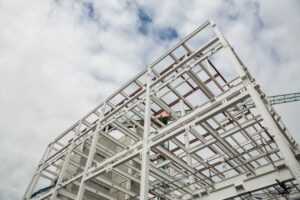
What You Need to Know to Plan a Greenfield Industrial Project?
Building a greenfield industrial project can be both exciting and overwhelming. Having the freedom to start over on an undeveloped plot of land has its advantages, but it also requires careful planning. A well-executed greenfield project can help any company grow and succeed in the long-run.
In this guide, we will walk through the essential aspects of planning a greenfield industrial project. We’ll cover everything you need to know about selecting the right site and designing for efficiency and scaling.
What is a Greenfield Industrial Project?
A greenfield industrial project refers to the development of a new industrial facility on land that has never been used for industrial purposes. In other words, the land is undeveloped, with no buildings or infrastructure.
For businesses, this presents an ideal opportunity to design and build facilities from the ground up, perfectly suited to their operational needs.
While greenfield projects offer more freedom compared to brownfield projects (which involve renovating or upgrading existing sites), they come with a different set of challenges. As part of these projects, you must plan, comply with regulations, and ensure the site is prepared for large-scale development.
What Should You Consider When Selecting the Right Site?
One of the most important decisions you’ll have to make when building a greenfield industrial facility is its location. Choosing the right site can improve operational efficiency and reduce costs, while selecting the wrong one can lead to logistical nightmares and unforeseen issues.
Consider these factors when choosing a site:
- Accessibility: A key consideration is the site’s proximity to major transportation hubs such as highways, ports, and airports. Easy access to these infrastructure points will help in moving raw materials and finished products quickly and cost-effectively.
- Land Conditions: Make sure the land you choose is suitable for construction. There are a number of factors to consider here, such as soil quality, slope, and potential environmental hazards.
- Regulatory Compliance: Verify zoning laws and determine whether the land is designated for industrial use. Otherwise, you may have to apply for zoning changes, which can add time and complexity.
What Design Factors Should You Focus On?
Once you’ve secured the right land and understood the regulatory requirements, the next step is designing the facility. It’s here that you begin to imagine how the space will operate.
A successful design will play a major role in ensuring your facility operates efficiently and can grow as your business grows.
Layout and Workflow Optimization
The layout of a facility must be efficient to minimize bottlenecks and improve flow of goods, materials, and workers. Consider how raw materials flow from one department to another, how storage areas are located near production lines, and how easy it is for trucks to get to.
Layouts should be flexible. You might need to expand your production line or storage capacity as your business grows.
Sustainability Factor
It’s easy to incorporate sustainable practices into greenfield projects. Reduce the facility’s carbon footprint by installing energy-efficient systems, using renewable energy sources like solar panels, and managing waste.
What Are the Key Challenges You Need to be Prepared For?
While greenfield projects can be great, they also come with challenges. You can make the project run smoother by addressing these hurdles early on.
High Initial Investment Costs
It’s usually more expensive to do greenfield projects compared to brownfields. It includes the cost of land, infrastructure, and setting up the necessary systems. For industrial development, businesses often work with banks and government programs to get loans or grants.
Project Delays
We’re all familiar with delays in construction projects. There might be delays in securing permits, land acquisition issues, or unexpected technical challenges.
Technological Integration
Technology is an essential part of facility design in today’s digital age. The use of automation, Internet of Things (IoT), and advanced analytics can streamline operations and improve efficiency.
Plan and Execute Your Greenfield Project with VMS
Planning a greenfield industrial project is no small task. It takes strategic planning, attention to detail, and careful site selection, design, and infrastructure development.
However, businesses looking to grow and optimize their operations find greenfield projects highly valuable because of their flexibility and control.
For expert advice and guidance in your next industrial project, VMS Consultants offers comprehensive support, helping businesses develop efficient, scalable, and sustainable industrial facilities.
Make your greenfield vision a reality with VMS Consultants.






